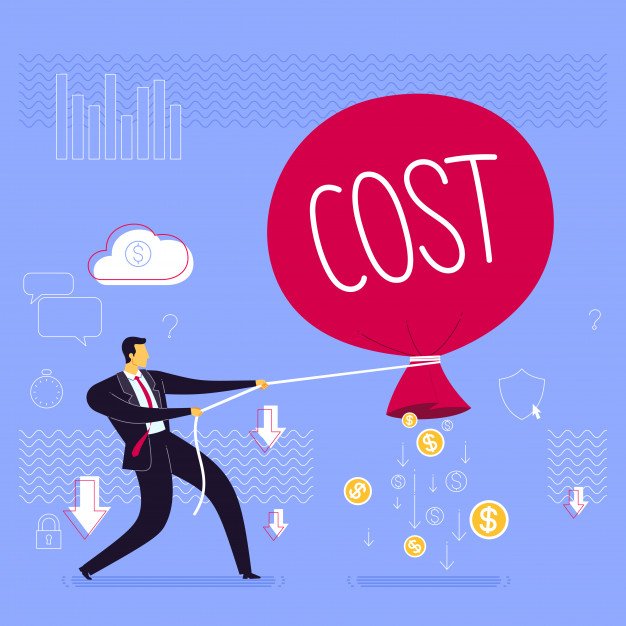There has never been a better time to launch a new business than now. Today’s current wave of outsourced services has made running different aspects of any organization more efficient and affordable than it’s ever been. Third-party logistics(3pl service) are no exception and it’s now generally accepted that the level of efficiency and speed we enjoy as consumers today would not be possible without these companies.
Third-party logistics services (usually shortened to “3PL services”) are companies that help manage and execute the logistics needs of a business. In contrast to services that simply offer courier and mail delivery, 3PL companies also handle distribution, warehousing, and fulfillment, among other tasks. These tasks were once traditionally done in-house and are still often done that way by larger businesses that can scale their operations.
On the other hand, smaller organizations and startups, and even most medium and large enterprises generally have more to gain by using 3PL services rather than doing all their logistics in-house.
Here are some ways using a 3PL service can benefit an organization:
1. Cost Savings
Using a 3PL service is generally more affordable than doing these operations in-house, and may provide better value for both the business and its customers. This is because the business no longer has to allocate resources to developing a logistics arm, which is a complex and expensive undertaking in and of itself. Staffing, space and vehicle acquisition and maintenance expenses, opportunity costs, and other expenses can be greatly reduced or even eliminated when taking the services of a 3PL company.
2. The business can immediately employ effective logistics
Using a 3PL service gives access to expertly executed warehousing, transport, fulfillment, and distribution — activities that are very difficult to do efficiently when done entirely in-house. With the traditional in-house logistics setup, it can take months or years before the logistics team can hit their stride and reach levels of efficiency considered acceptable by today’s standards. Thus, when partnered with an experienced 3PL service provider, even a new startup can employ effective logistics without having to go through the growing pains of learning how to do the associated tasks effectively.
3. Better logistics flexibility
3PL companies can typically reach a wider geographical area than most businesses can do themselves. Indeed, using 3PL services has enabled smaller startups to cost-effectively reach a global market — something that simply wasn’t possible in most cases 20 years ago.
Another way that it can allow a small business to be more flexible is that it only has to pay for logistics when it needs it. If a business maintains its own logistics arm, it would still need to spend for its upkeep during downtime. Therefore, by using a 3PL provider, an organization can more effectively use its budget and better manage its resources.
Conclusion:
3PLs provide a range of services that are especially vital in today’s fast-paced global market. If you’re considering launching a startup or planning on expanding into a wider market, finding a 3PL company you could trust is well worth considering.
Read Also:























